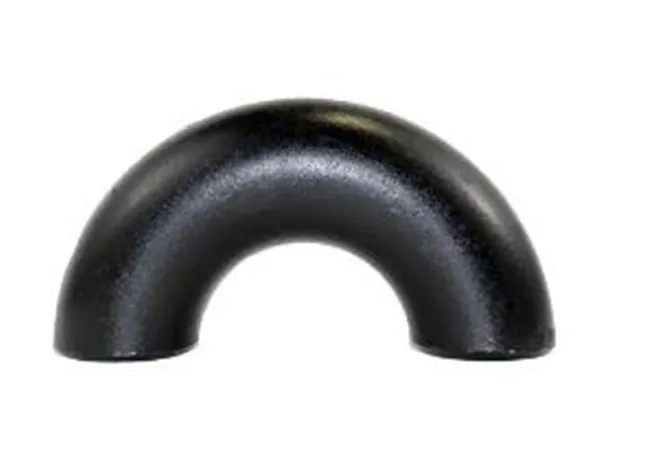-
Cangzhou Yulong Steel Co., Ltd.
-
Phone:
+86 13303177267 -
Email:
admin@ylsteelfittings.com
- English
- Arabic
- Italian
- Spanish
- Portuguese
- German
- kazakh
- Persian
- Greek
- French
- Russian
- Polish
- Thai
- Indonesian
- Vietnamese
- Zulu
- Korean
- Uzbek
- Hindi
- Serbian
- Malay
- Ukrainian
- Gujarati
- Haitian Creole
- hausa
- hawaiian
- Hebrew
- Miao
- Hungarian
- Icelandic
- igbo
- irish
- Japanese
- Javanese
- Kannada
- Khmer
- Rwandese
- Afrikaans
- Albanian
- Amharic
- Armenian
- Azerbaijani
- Basque
- Belarusian
- Bengali
- Bosnian
- Bulgarian
- Catalan
- Cebuano
- China
- China (Taiwan)
- Corsican
- Croatian
- Czech
- Danish
- Esperanto
- Estonian
- Finnish
- Frisian
- Galician
- Georgian
- Kurdish
- Kyrgyz
- Lao
- Latin
- Latvian
- Lithuanian
- Luxembourgish
- Macedonian
- Malgashi
- Malayalam
- Maltese
- Maori
- Marathi
- Mongolian
- Myanmar
- Nepali
- Norwegian
- Norwegian
- Occitan
- Pashto
- Dutch
- Punjabi
- Romanian
- Samoan
- Scottish Gaelic
- Sesotho
- Shona
- Sindhi
- Sinhala
- Slovak
- Slovenian
- Somali
- Sundanese
- Swahili
- Swedish
- Tagalog
- Tajik
- Tamil
- Tatar
- Telugu
- Turkish
- Turkmen
- Urdu
- Uighur
- Welsh
- Bantu
- Yiddish
- Yoruba

Oct . 03, 2024 01:49 Back to list
150mm Flange Specifications and Applications in Industrial Settings
Understanding the 150mm Flange A Key Element in Engineering
Flanges play a crucial role in various engineering applications, serving as mechanical components that connect pipes, valves, pumps, and other equipment. Among the wide variety of flanges available, the 150mm flange stands out due to its versatile applications and robust design. Understanding its significance in engineering can provide insights into system design and operational efficiency.
A 150mm flange is defined by its nominal size, which is 150 millimeters in diameter. This size is commonly utilized in piping systems, particularly in industries such as manufacturing, oil and gas, and water treatment. Depending on their specifications, these flanges can be made from various materials including stainless steel, carbon steel, and plastic, each chosen based on the particular requirements of the application, such as corrosion resistance, pressure requirements, and temperature tolerance.
One of the key advantages of using a 150mm flange is its ability to create a tight, leak-proof seal
. This is achieved through the use of gaskets and bolts that secure the flange to adjacent parts. Proper installation is critical; if the flange is not correctly aligned or if the bolts are not torqued to the appropriate specifications, it can lead to leaks, which can compromise system integrity and safety.150mm flange

In terms of design, a 150mm flange is available in different types, including blind, slip-on, and threaded flanges. Each type serves specific purposes. For instance, a blind flange is used to close off the end of a piping system, while slip-on flanges are designed to slide over the pipe and be welded in place. The choice of flange type depends on the unique requirements of the piping system and the operational conditions it will face.
Moreover, the 150mm flange is often associated with standardized pressure ratings, such as ANSI (American National Standards Institute) or PN (Pressure Nominal), which denote the maximum pressure the flange can withstand at a given temperature. This standardization is vital for ensuring compatibility across different manufacturers and for maintaining safety and reliability in the system.
In summary, the 150mm flange is an essential component in various engineering applications. Its design, material choices, and pressure ratings make it a versatile option for creating secure connections in piping systems. Understanding its features and appropriate applications allows engineers to design more efficient and reliable systems that meet industry standards. As industries continue to evolve, the reliability of components like the 150mm flange remains a cornerstone of effective engineering practices.
Latest news
-
ANSI 150P SS304 SO FLANGE
NewsFeb.14,2025
-
ASTM A333GR6 STEEL PIPE
NewsJan.20,2025
-
ANSI B16.5 WELDING NECK FLANGE
NewsJan.15,2026
-
ANSI B16.5 SLIP-ON FLANGE
NewsApr.19,2024
-
SABS 1123 FLANGE
NewsJan.15,2025
-
DIN86044 PLATE FLANGE
NewsApr.19,2024
-
DIN2527 BLIND FLANGE
NewsApr.12,2024
-
JIS B2311 Butt-Welding Fittings LR/SR 45°/90° /180°Seamless/Weld
NewsApr.23,2024











